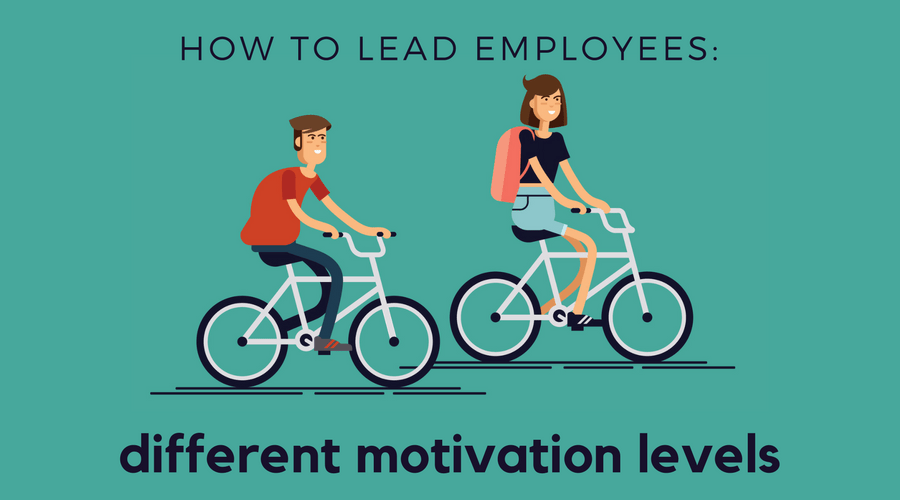How to Lead Employees: Different Motivation Levels

Employees are all motivated by different things, and managing each worker based on their motivation level can help you become a more effective leader. Start by having one-on-one conversations with each team member to discover how they learn, work, and need to be managed. Ask questions like:
- How can I be a better manager?
- What types of training would benefit you?
- Where do you need more support from me?
There are typically two types of motivation levels: high performers and low performers. Each group needs different things out of a leader, and you’re responsible for discovering what they need.
Managing high performers
High performers regularly go above and beyond without being asked. They’re always looking for the next challenge, and when you give it to them, they hit it out of the park. It can be easy to ignore these workers because they often demand less attention than low performers. Let them know how valuable their contribution to your company is.
High performers are often self-motivated, so work with your staff member to set measurable goals and be sure to give them regular feedback. Have direct conversations with them to discuss their strengths and what they hope to achieve during their careers. Then, tell them what it will take for them to get to the next level. To help them achieve their goals, provide ample opportunities for growth and development so that they don’t get bored and start looking for a new job.
Read also: 6 Steps for Successful Performance Reviews
Managing low performers
Low performers are employees who do a good job but only when they’re encouraged and guided throughout the process. It can be easy to get frustrated with them but try not to. If someone thinks you’re becoming agitated, they’re more likely to perform poorly.
Read also: How to Be a Better Manager: 8 Areas to Improve
The likelihood of someone being a low performer is often less about their motivation level and more about their abilities. Take advantage of teachable moments to boost your worker’s confidence in their ability to perform the job. These team members often want clear instructions and goals, so sit down with them to create concrete milestones and a timeline outlining when they need to meet each step of the plan. Ask them what they need to be successful and how much time they need to complete their tasks and assignments.
If they’re still not able to perform well, consider if the strengths and abilities match the position they’re in, or whether they’d be more successful in a different job.
Read also: What is a Performance Improvement Plan?


